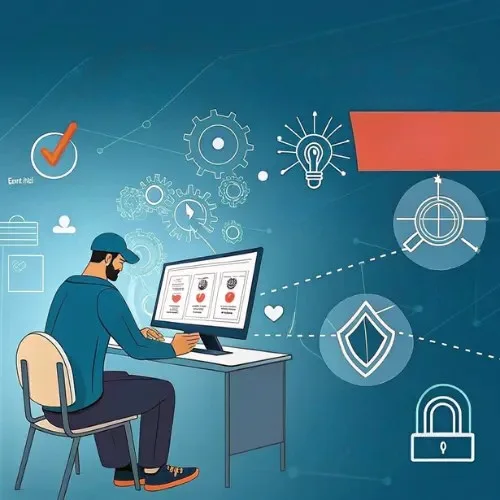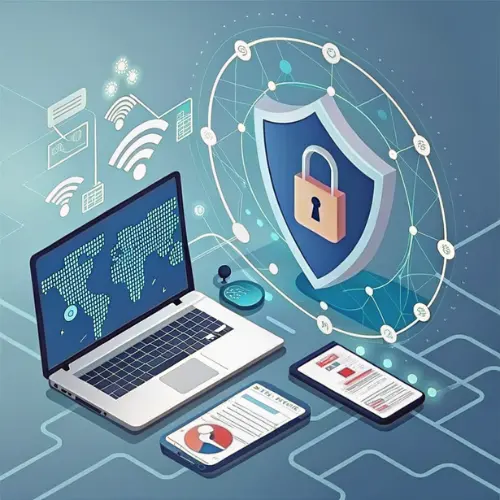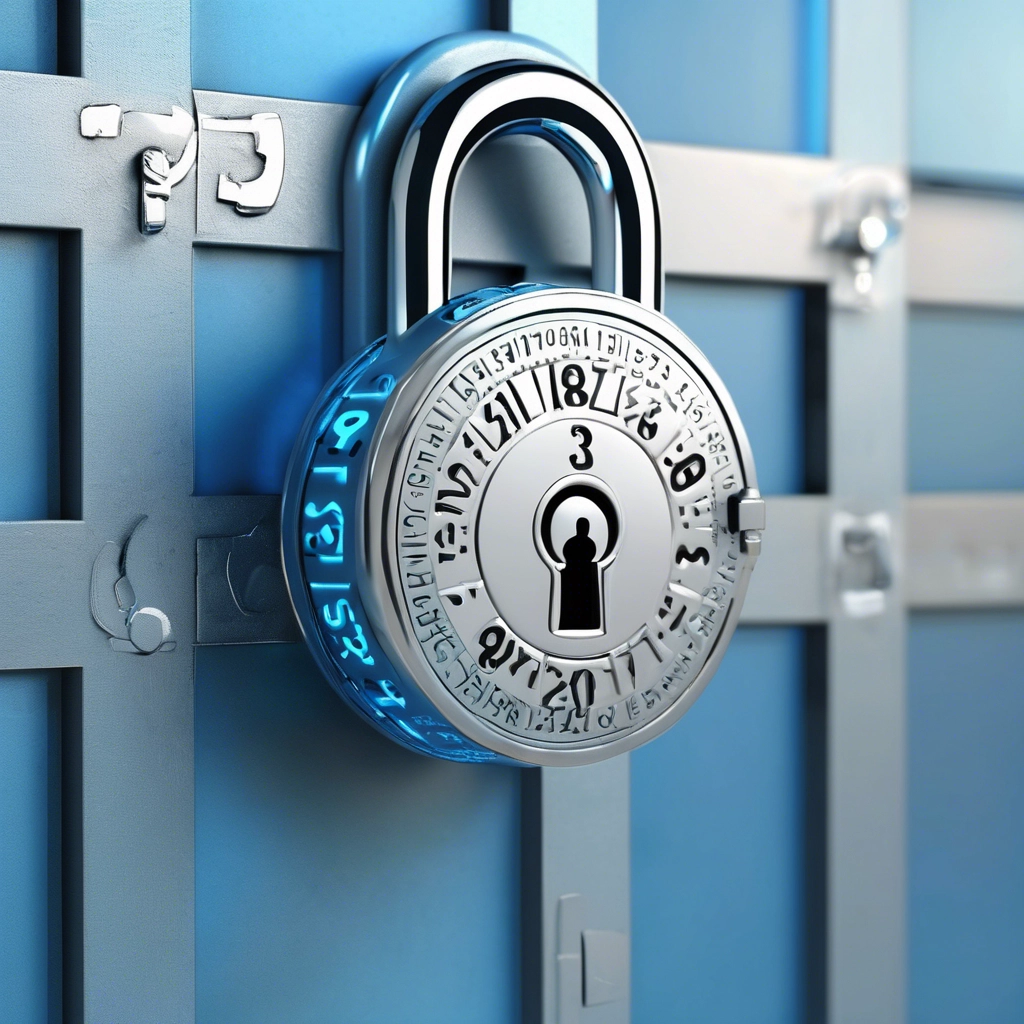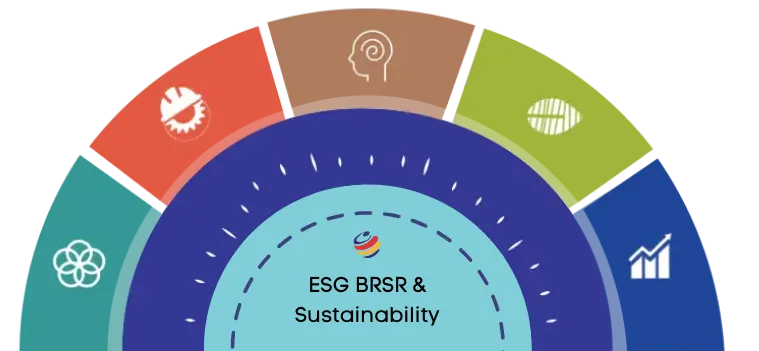
In the evolving landscape of environmental, social, and governance (ESG) responsibilities, cybersecurity risk has emerged as a crucial pillar of governance. As businesses increasingly rely on digital platforms and cloud-based operations, the threats to data integrity, privacy, and systems resilience have magnified.
Today, cyber security audits, assessments, and risk analyses are not just technical exercises – they are central to an organisation’s ESG performance and reputation.
This blog explores how businesses can integrate cybersecurity risk management into their ESG strategies, the importance of proactive assessments, and the growing demand for frameworks like ISO 27001 in this context.
What you will find here
Why cybersecurity is a core ESG issue
A governance imperative
Cybersecurity sits squarely within the “G” of ESG – governance. It involves leadership oversight, strategic risk management, internal controls, compliance, and stakeholder communication.
A lapse in cybersecurity doesn’t just mean operational disruption; it can lead to legal consequences, reputational damage, and financial loss, all of which affect shareholders and other stakeholders.
Integrating cybersecurity risk assessment within ESG reporting frameworks demonstrates an organisation’s commitment to responsible governance, risk foresight, and long-term value creation.
Social and environmental impacts
The social dimension of ESG also intersects with cybersecurity. Data breaches compromise consumer privacy and can disproportionately affect vulnerable populations.
A strong cybersecurity framework shows that an organisation values human rights, especially the right to privacy and security in the digital age.
Moreover, digital systems are increasingly integral to environmental monitoring and reporting. Any compromise in these systems can disrupt sustainability reporting, energy management, and compliance with environmental regulations.

Cybersecurity risks: What’s at stake?
The cybersecurity threat landscape is dynamic and complex. Common threats include:
- Phishing and social engineering
- Ransomware and malware attacks
- Insider threats
- Cloud security vulnerabilities
- IoT and supply chain attacks
A robust cyber security assessment identifies gaps in defences against these threats, especially in sectors where ESG data is sensitive and compliance-heavy.
Embedding cybersecurity in ESG strategy
Conducting a cybersecurity risk assessment
A cybersecurity risk assessment helps organisations identify, analyse, and prioritise cyber threats. This forms the foundation of a cybersecurity strategy aligned with ESG goals. The assessment includes:
- Identification of digital assets and systems
- Evaluation of threat likelihood and impact
- Mapping vulnerabilities and controls
- Defining risk tolerance levels
- Creating a mitigation plan
Regular assessments help reduce uncertainty and demonstrate accountability to investors, regulators, and the public.
Performing a cyber security audit
A cyber security audit is a systematic evaluation of an organisation’s information systems, security policies, and procedures. It ensures compliance with internal and external standards such as ISO 27001 – the international benchmark for information security management.
A typical cyber security audit checklist includes:
- Network security protocols
- Access control mechanisms
- Incident response capabilities
- Employee awareness and training
- Data encryption practices and data backup
- Compliance with applicable data protection laws
An internal audit helps prepare for third-party assessments and regulatory inspections. Organisations can engage ISO 27001 consultants to ensure alignment with best practices and obtain certification.
Explore our ISO 27001 consultants and ISO 27001 training services for comprehensive cybersecurity governance.
“Cyber risk poses a direct threat to enterprise value, with data emerging as the most critical intangible asset—whether personal, financial, security-related, or behavioural.”

Need help tailoring your approach?
Strengthening cybersecurity threat detection
Early cybersecurity threat detection is vital to protecting ESG data. Automated monitoring systems, AI-based threat intelligence, and real-time alerts help identify and respond to intrusions before significant damage occurs.
Organisations must adopt tools that integrate with ESG data platforms and align with enterprise-wide risk management systems. Incident detection and response should be part of ESG risk disclosures.
Cybersecurity risk analysis for ESG decision-makers
Effective cybersecurity risk analysis helps boards and ESG officers make informed decisions. It also aligns with investor expectations, as more asset managers now consider digital risk when evaluating corporate governance.
To support this, companies should:
- Include cybersecurity as part of their materiality assessments
- Disclose cyber incidents and responses in ESG reports
- Link cybersecurity KPIs to executive performance metrics
- Participate in ISO 27001 courses to build internal capacity
Organisations that are transparent and proactive about their cybersecurity posture gain greater stakeholder trust and investor confidence.
Regulatory expectations and frameworks
Governments and regulatory bodies are increasingly mandating cybersecurity disclosures. In India, frameworks like the CERT-In directives and Data Protection Act require proactive security measures and breach reporting.
On a global scale, initiatives like the EU’s Digital Operational Resilience Act (DORA) and the SEC’s cybersecurity disclosure rules reflect the shift towards treating digital risk as a material governance issue.
By adopting ISO 27001, organisations align with international standards and prepare themselves for multi-jurisdictional compliance.
Join our expert-led ISO 27001 courses to enhance your ESG risk management capabilities
The ESG advantage of cyber maturity
Organisations that prioritise cybersecurity audits and risk assessments within their ESG strategy enjoy several advantages:
- Resilience against cyber incidents
- Improved investor relations
- Stronger regulatory compliance
- Better ESG scores and rankings
- Enhanced trust among customers and partners
As ESG reporting frameworks like GRI, SASB, and CSRD evolve, they are likely to incorporate more detailed requirements for cybersecurity disclosures. Preparing today helps avoid future gaps.
Explore our Information Security Advisory Solutions
Cybersecurity and ISO standards
In an era of increasing digital dependency, cyber threats have become a central concern for organisations across all sectors. As data breaches, ransomware attacks, and digital espionage surge globally, establishing a structured and standardised approach to cybersecurity is more critical than ever.
This is where ISO standards, particularly ISO/IEC 27001, play a pivotal role. These international standards provide a robust framework to help organisations manage cybersecurity risks effectively and systematically.
Why ISO standards matter in cybersecurity
Cybersecurity is no longer just a technical issue—it is a strategic, governance, and compliance concern. ISO standards offer:
Global best practices
ISO standards are developed through international consensus, incorporating expert guidance from governments, industries, and academia.
Credibility and trust
Adherence to ISO standards signals to stakeholders—customers, partners, regulators, and investors—that the organisation takes cybersecurity seriously.
Risk-Based approach
ISO standards emphasise risk identification, analysis, treatment, and continual improvement, making them highly adaptable to evolving cyber threats.
Explore our ESG consulting solutions
ISO 27001: The gold standard for information security
Risk-based approach
ISO 27001 is the leading international standard for information security management systems (ISMS). It provides a comprehensive framework for establishing, implementing, maintaining, and continually improving an organisation’s ISMS.
It is based on three core principles of information security:
- Confidentiality: Ensuring only authorised personnel have access to information.
- Integrity: Protecting information from being altered in unauthorised ways.
- Availability: Making information accessible to authorised users when needed.
Key components of ISO 27001
1. Context of the organisation
Understanding internal and external issues, stakeholders, and the scope of the ISMS.
2. Leadership and governance
Defining roles, responsibilities, and top management commitment to cybersecurity.
3. Risk assessment and treatment
Identifying and evaluating cybersecurity risks, and selecting appropriate controls.
4. Annex A controls
93 controls (in ISO 27001:2022) that address areas like access control, cryptography, physical security, and incident management.
5. Monitoring and improvement
Conducting internal audits, management reviews, and corrective actions to maintain system performance.
Other ISO standards supporting cybersecurity
ISO 27002: Code of practice
This standard provides detailed implementation guidance for the controls outlined in Annex A of ISO 27001. It is especially useful for organisations that need practical steps to enforce their ISMS policies.
ISO 27005: Risk management
Focused on cybersecurity risk analysis and assessment, this standard outlines how organisations can identify, evaluate, and respond to security risks in a methodical manner. It complements the risk management clause of ISO 27001.
ISO 27017 and 27018: Cloud security and data privacy
- ISO 27017: Security controls for cloud service providers and customers.
- ISO 27018: Protection of personally identifiable information (PII) in cloud environments.
ISO 27701: Privacy information management
This extension to ISO 27001 focuses on privacy controls and helps organisations comply with global data protection laws like GDPR and India’s Digital Personal Data Protection Act (DPDPA).
ISO 22301: Business continuity
Often linked with cybersecurity, ISO 22301 implementation ensures organisations can maintain operations and recover quickly in the event of a cyber incident.
Benefits of implementing ISO 27001 in cybersecurity
Structured cybersecurity risk management
ISO 27001’s risk-based approach helps organisations conduct regular cybersecurity risk assessments, implement preventive controls, and plan for incident response.
Compliance and legal readiness
Aligning with ISO standards supports compliance with:
- Global data protection regulations (e.g., GDPR, DPDPA)
- Sector-specific requirements (e.g., financial, healthcare, manufacturing)
- Contractual obligations and audits
Enhanced stakeholder confidence
Achieving ISO 27001 certification signals to customers, investors, and partners that your organisation values data protection, transparency, and accountability.
Integration with ESG and governance
As ESG frameworks increasingly include digital resilience, ISO 27001 becomes an essential component in aligning cybersecurity with governance and ESG reporting requirements.
ISO 27001 certification process: An overview
1. Gap analysis
Assess current practices against ISO 27001 requirements.
2. ISMS implementation
Define the scope, policies, risk treatment plans, and operational controls.
3. Internal audit and management review
Ensure system readiness and leadership involvement.
4. Stage 1 audit
Certification body evaluates documentation and high-level readiness.
5. Stage 2 audit
In-depth audit of operational effectiveness and control implementation.
6. Certification and surveillance
Upon successful audit, certification is granted and monitored regularly.
Role of ISO 27001 consultants and training
Professional support is vital for successful ISO implementation:
- ISO 27001 consultants help design and implement ISMS tailored to the organisation’s size, industry, and risk profile.
- ISO 27001 training and ISO 27001 courses build internal capabilities, enabling your team to manage, audit, and improve information security systems sustainably.
At Consultivo, we offer end-to-end support—from readiness assessments and implementation to certification assistance and employee training.
Cybersecurity risks are inevitable, but their impact can be mitigated through structured, standardised, and proactive approaches. ISO standards, particularly ISO/IEC 27001, provide a globally recognised pathway to building cyber resilience.
Whether your focus is compliance, ESG performance, or operational continuity, aligning with ISO frameworks enhances trust, value, and long-term success.
Conclusion
In an increasingly digital economy, ESG and cybersecurity are inextricably linked. Organisations must move beyond compliance and adopt a risk-based approach to cybersecurity that is embedded in their ESG strategies.
By conducting thorough cyber security assessments, maintaining updated cybersecurity risk analysis, and aligning with global frameworks like ISO 27001, companies not only protect their data but also enhance their governance maturity.
Consultivo’s integrated approach to cybersecurity audit, ESG advisory, and training helps businesses safeguard their future in a complex, high-risk environment.

Let's discuss
Need help with cybersecurity in ESG?
Contact our team for customised Information security and cybersecurity risk assessments, ESG strategy alignment, and ISO 27001 implementation support.
Explore more:
Share this post
Category: Blog
About the author
Sr. Consultant, Consultivo
Mr. Vivek Namboodiripad is an expert in ISO 27001 consulting and audits, with deep experience across ISO standards including ISO 9001, 14001, 45001 (Safety), 50001, and 22301. He also advises on ESG strategy, helping organisations integrate information security, safety, and sustainability into their core governance.
Vivek can be reached at [email protected]
Related insights
View more in Impact Stories | Blogs | Knowledge Bank | News and Events













